Government agencies have a huge stake in the NYC Water Supply. There are many government agencies impacted by the Surface Water Treatment Rule (SWTR) including the Environmental Protection Agency (EPA), New York City Department of Environmental Protection (NYC DEP) and the New York State Department of Environmental Conservation (NYS DEC). The EPA is unique because it does not have one set procedure for protection of New York’s water supply. In 1993, the EPA accepted a waiver from NYC from filtration of the water coming down from the Catskills. The reason behind NYC’s request was because of cost. The EPA also added over 150 conditions, in a compromise. The conditions were mostly watershed protection and reservoir monitoring matters.
The NYC DEP issued a harder approach for farmers, homeowners, and businesses in response to this action by the EPA. Residents of the towns where the reservoirs were located felt alienated by the act and felt that urban NYC was going to stunt their slowly growing economy by placing additional restrictions on local upstate residents. In 1994, a coalition representing 34 towns provided so much support that NYC was unable to put their agreement with the EPA in effect.
In 1997, the Watershed Memorandum of Agreement came into play. This Memo attempted to please all parties and has placed restrictions on NYC with use of eminent domain. It also says the city will spend greater than 1.2 billion on infrastructure improvements.
Since the Safe Drinking Water Act of 1974, the EPA has regulated water so that it is safe to consume. After the Surface Water Treatment Rule, the NYC DEP has made sure that water is filtered, and if it is not there must be several safety measures taken to make sure it is also safe for consumption.
Taking these rules into consideration the government has an obligation to protect the people from hazardous chemicals that may be found in the waters. With New York City, one of the world’s most important cities, at risk, this matter is serious. The question of who is to blame and who must pay for all this regulation is what the hoopla is about. Should the city fit the bill or is it the Federal Government’s responsibility? Both governments have large roles; the city has the more important one, however. In many studies done, most people would say the water is safe to drink in NYC. Because of the Watershed Memo Agreement, many stakeholders had to compromise. Ultimately, the health of New York City residents must have to come before any profits or development is to be made on these lands.
SOURCE:
Blaine, James G., Bernard W. Sweeney, and David B. Arscott. “Enhanced Source-water Monitoring for New York City: Historical Framework, Political Context, and Project Design.” Http://www.stroudcenter.org/. The North American Benthological Society, 2006. Web. 1 Dec. 2012.

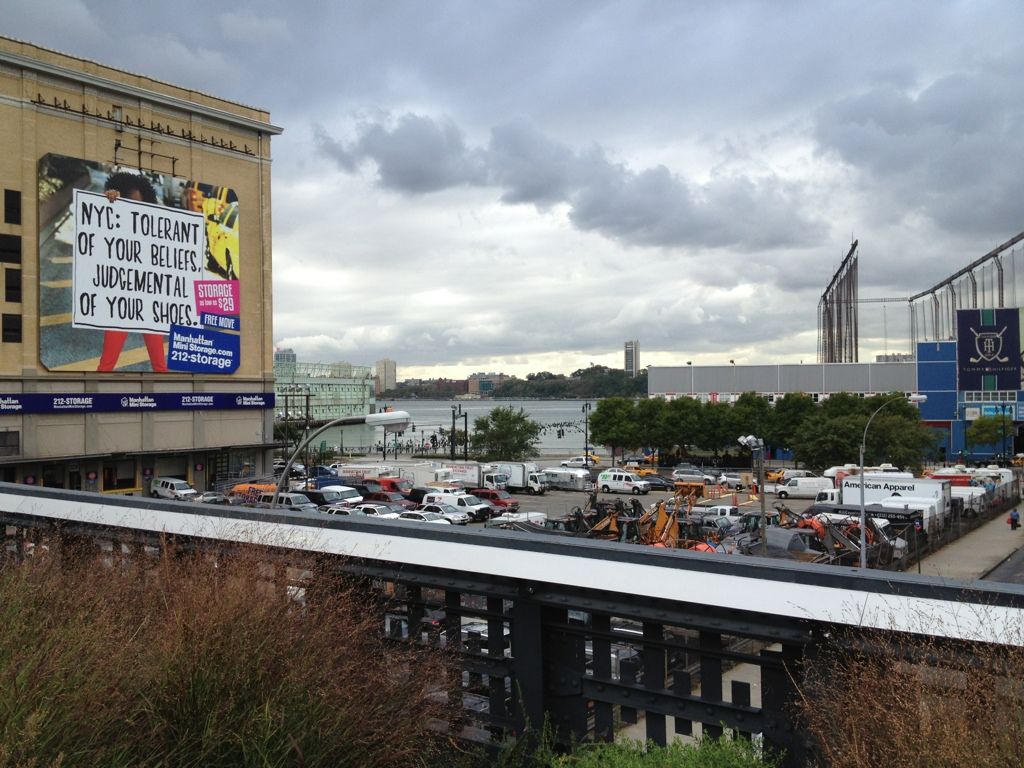
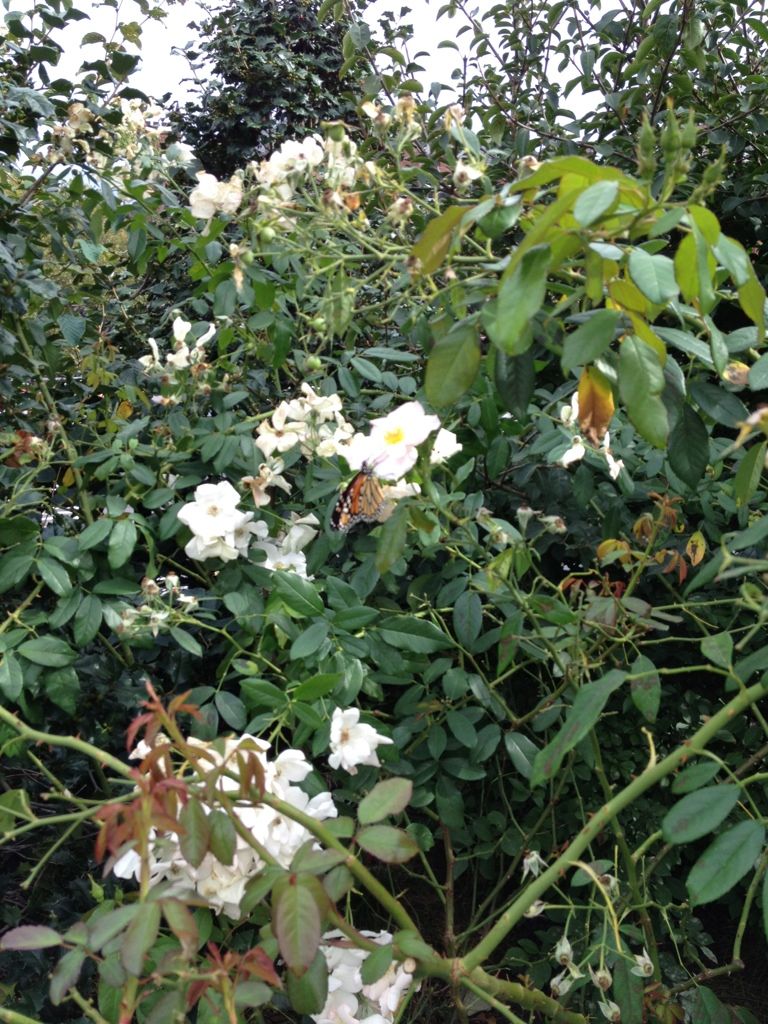 The bees will stop at nothing, not even 40 mph winds.
The bees will stop at nothing, not even 40 mph winds. 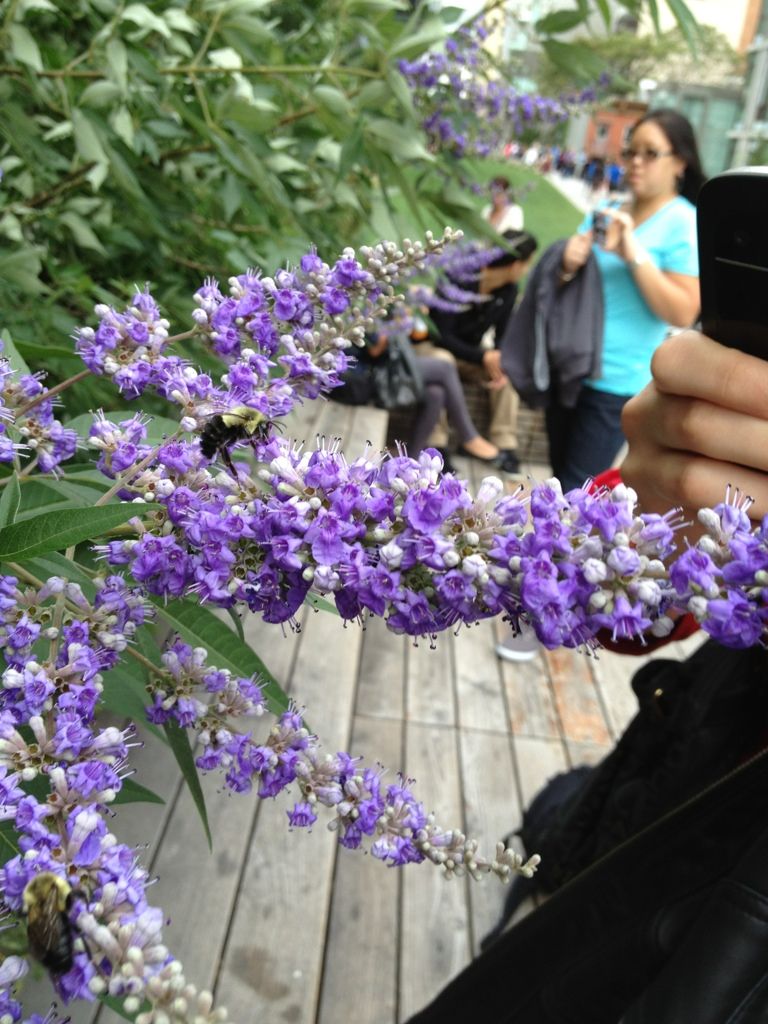 The birds only seemed to be around one plant, the fruitful looking purple one.
The birds only seemed to be around one plant, the fruitful looking purple one. 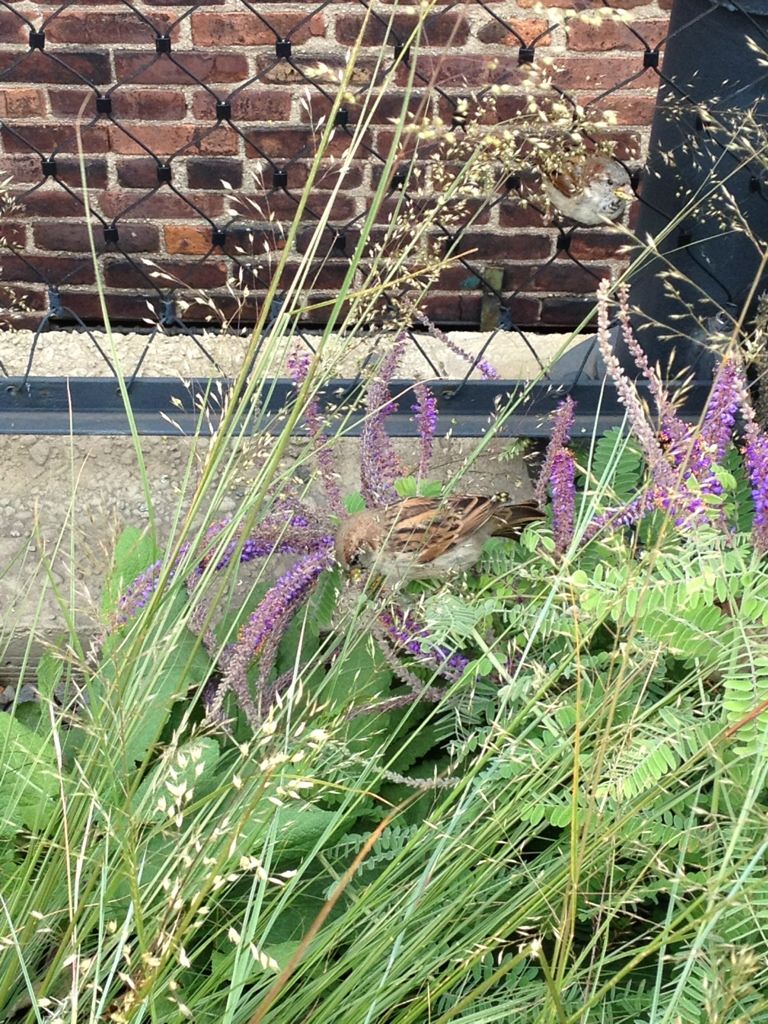 The small orange insects that I have never seen are nested along a brown leafed plant.
The small orange insects that I have never seen are nested along a brown leafed plant.  The day was windy, overcast, and overcrowded with New Yorkers, but these animals were in their own domain. Shielded by a fine green line, they were in their own habitat, created by humans, untouched by humans since. You get the feeling that some plants are more loved than others: some appear more vivacious. That could be a result of something that Slater points out.
The day was windy, overcast, and overcrowded with New Yorkers, but these animals were in their own domain. Shielded by a fine green line, they were in their own habitat, created by humans, untouched by humans since. You get the feeling that some plants are more loved than others: some appear more vivacious. That could be a result of something that Slater points out.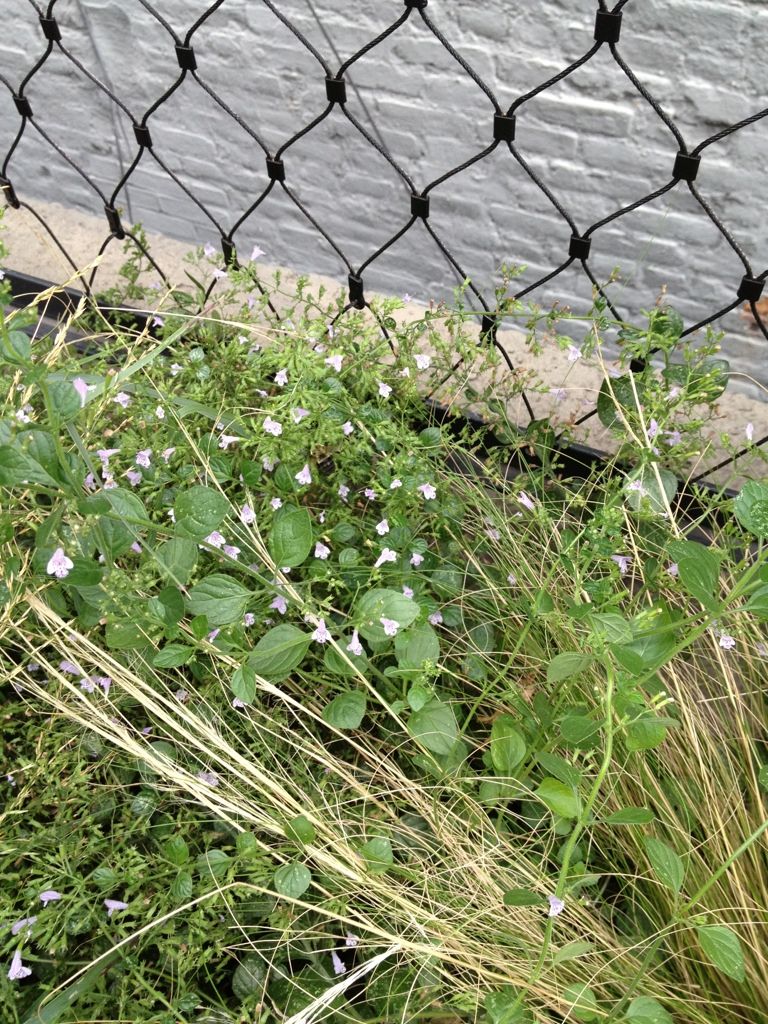 Slater brings up an interesting point saying that the High Line has the highest species per area with respect to 4 other major coastal sites including Ellis Island and Liberty Island. It is easy to see why this may be the case. The High Line is only 20 blocks long, and just over 20 feet wide. The total number of species on the High Line is 163, which is third following Ellis Island and Bayswater Park.
Slater brings up an interesting point saying that the High Line has the highest species per area with respect to 4 other major coastal sites including Ellis Island and Liberty Island. It is easy to see why this may be the case. The High Line is only 20 blocks long, and just over 20 feet wide. The total number of species on the High Line is 163, which is third following Ellis Island and Bayswater Park.





